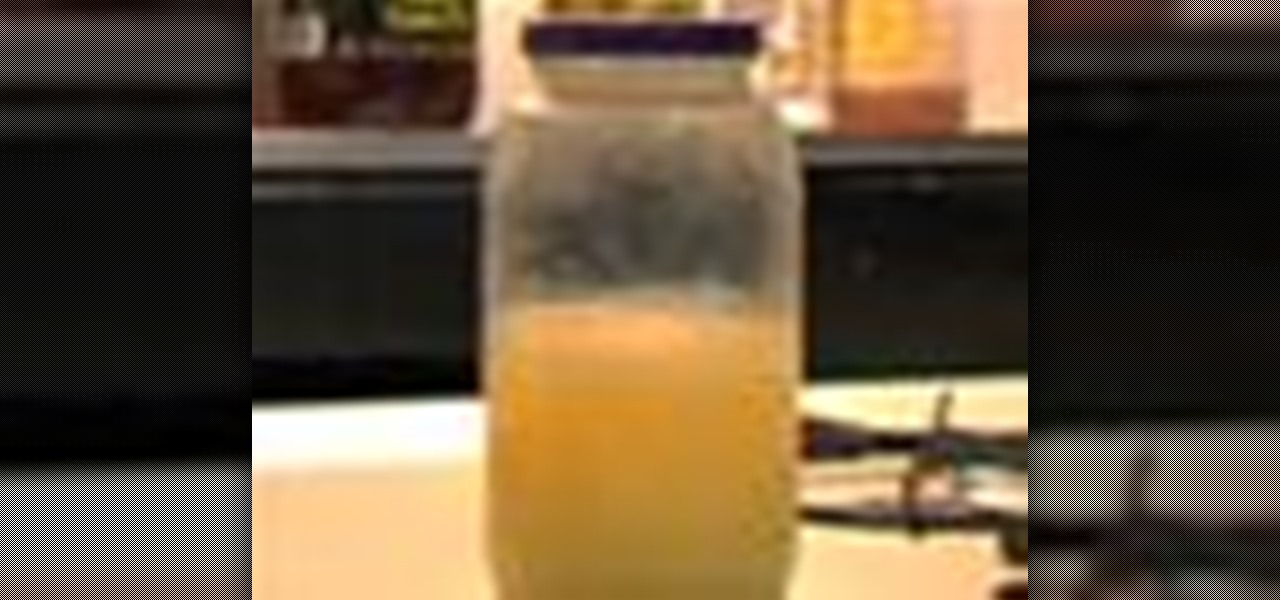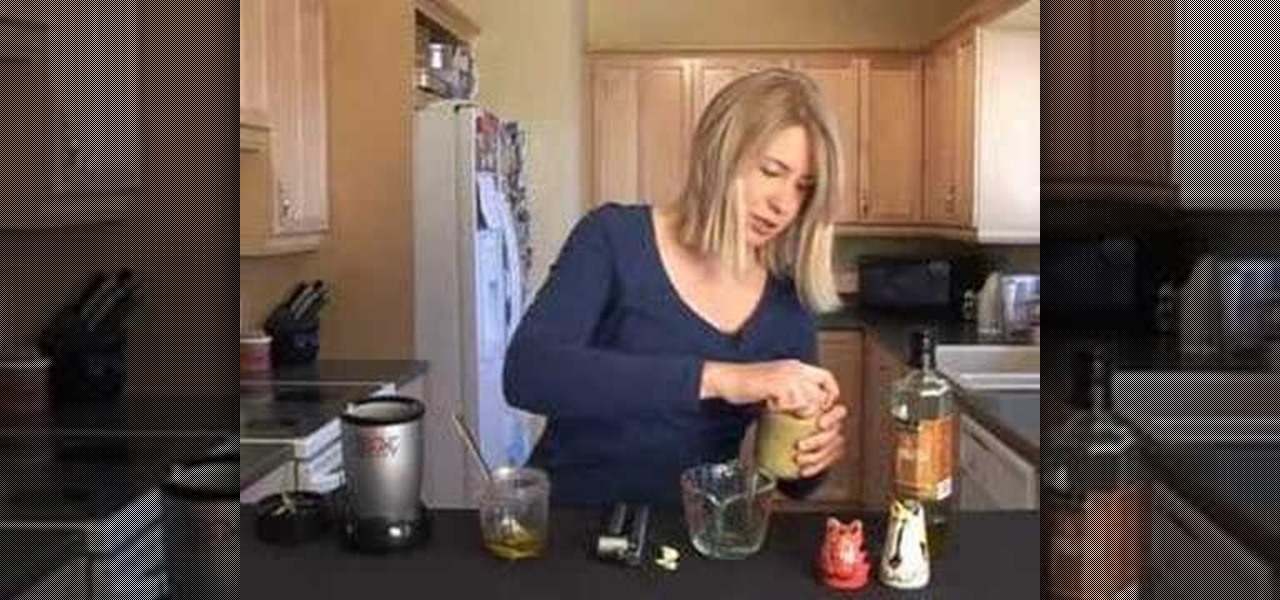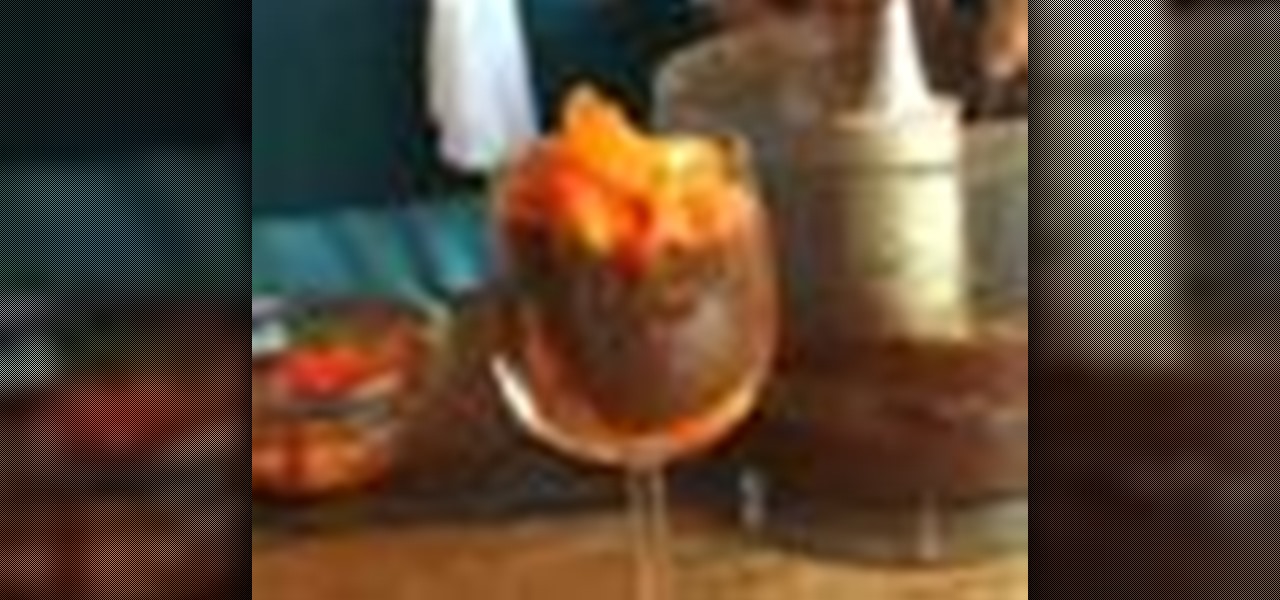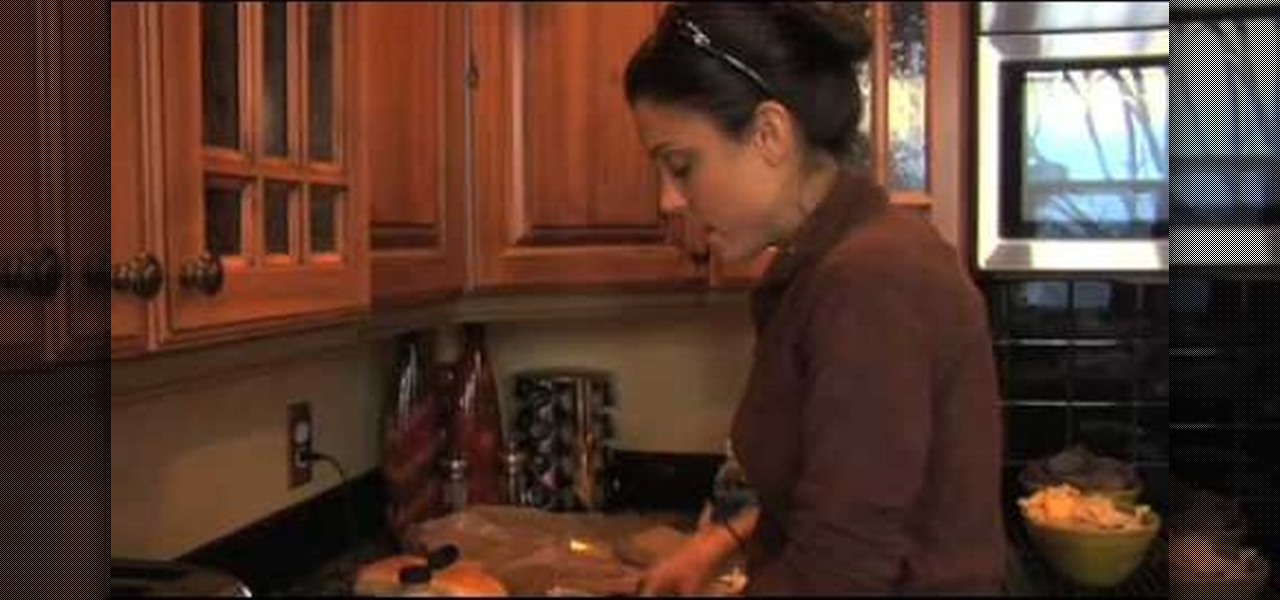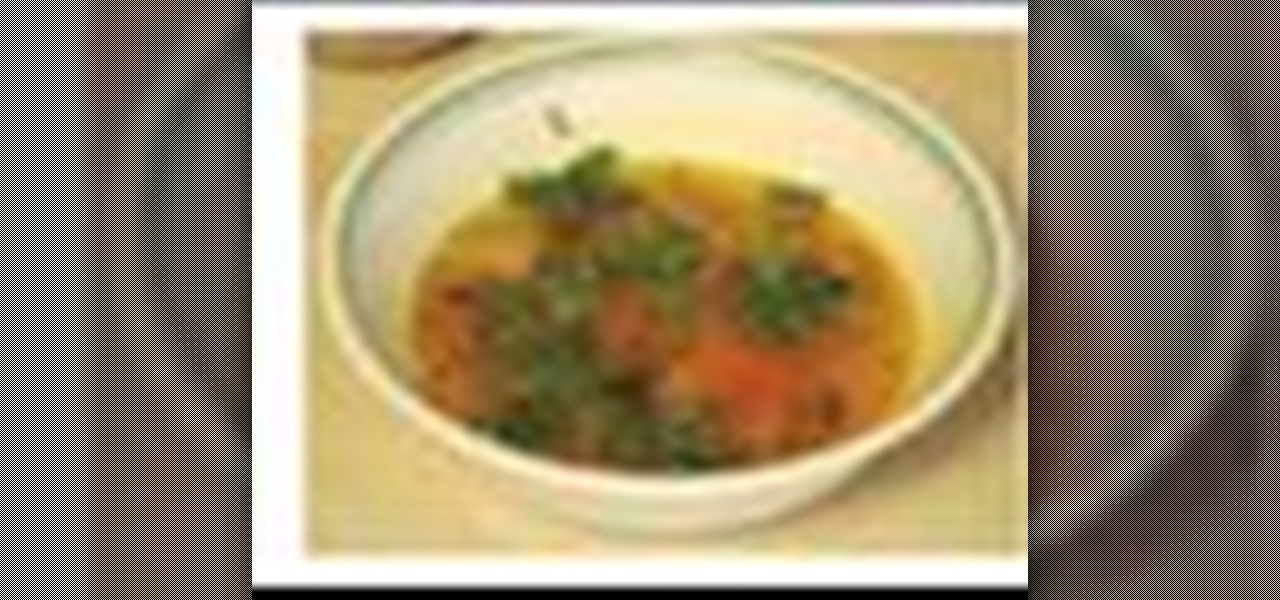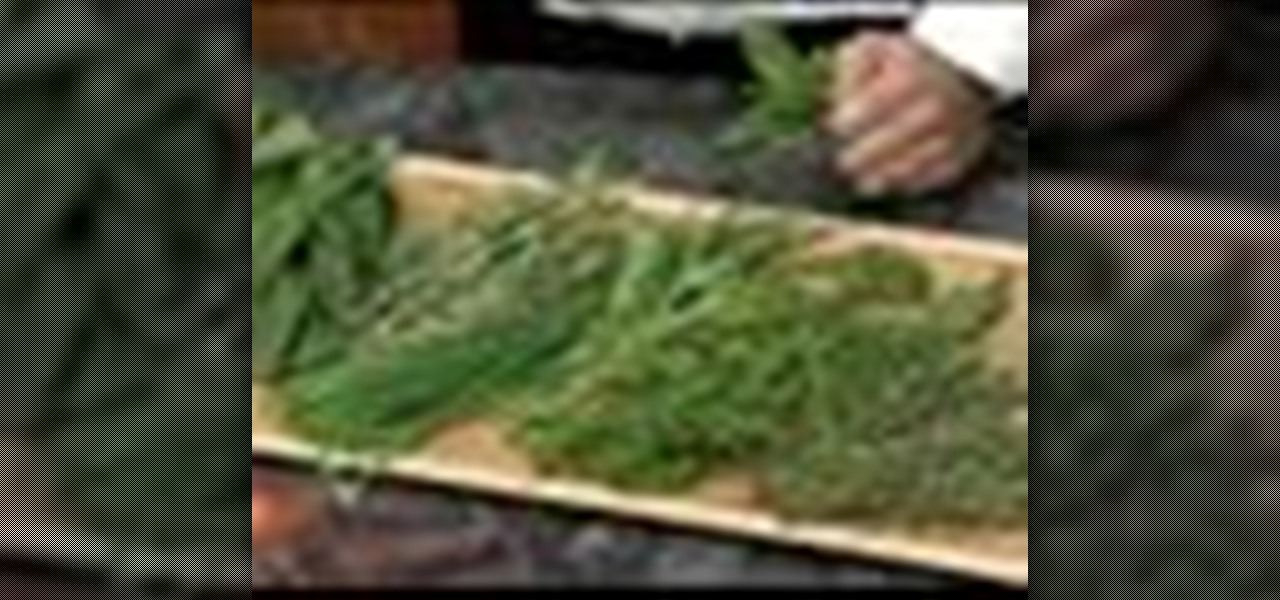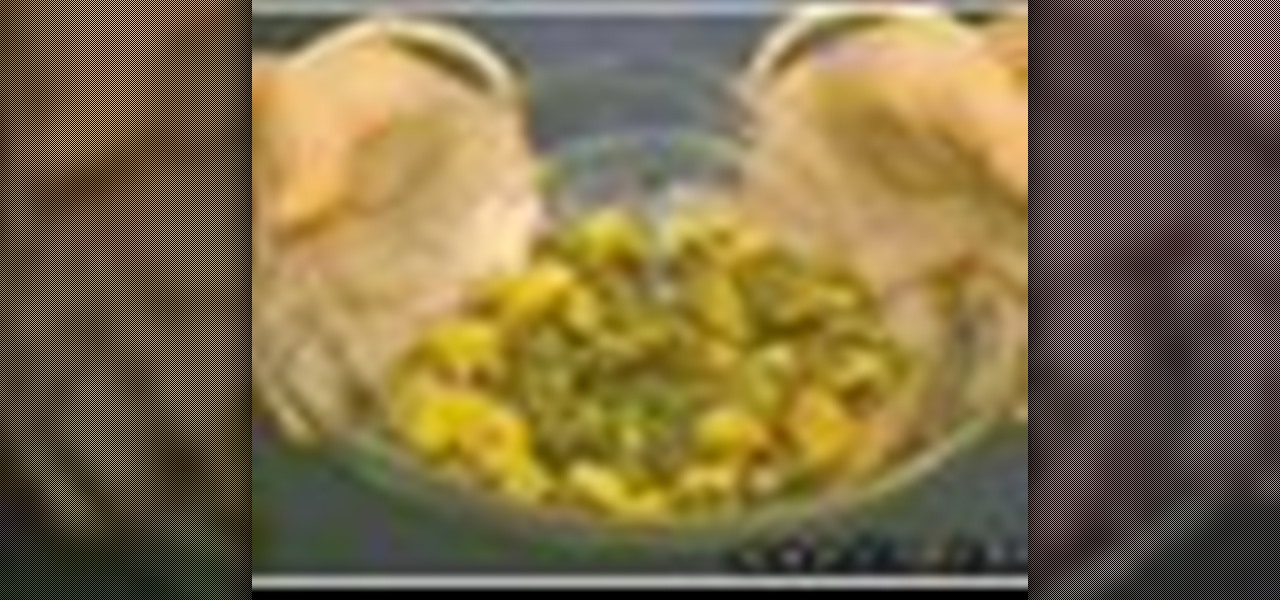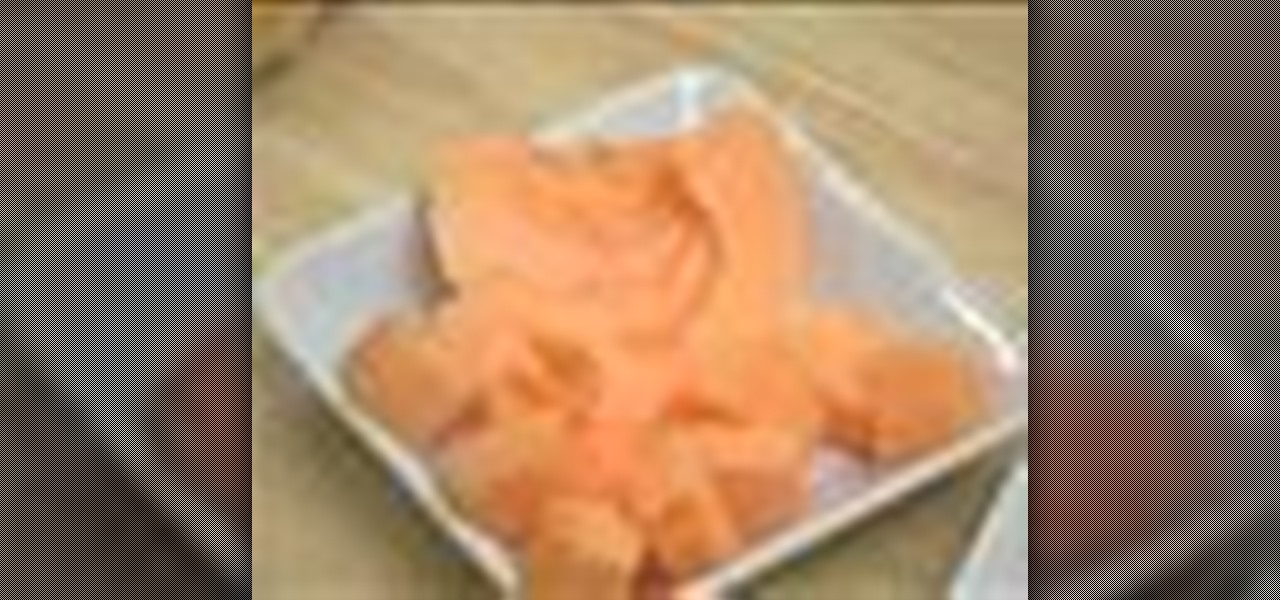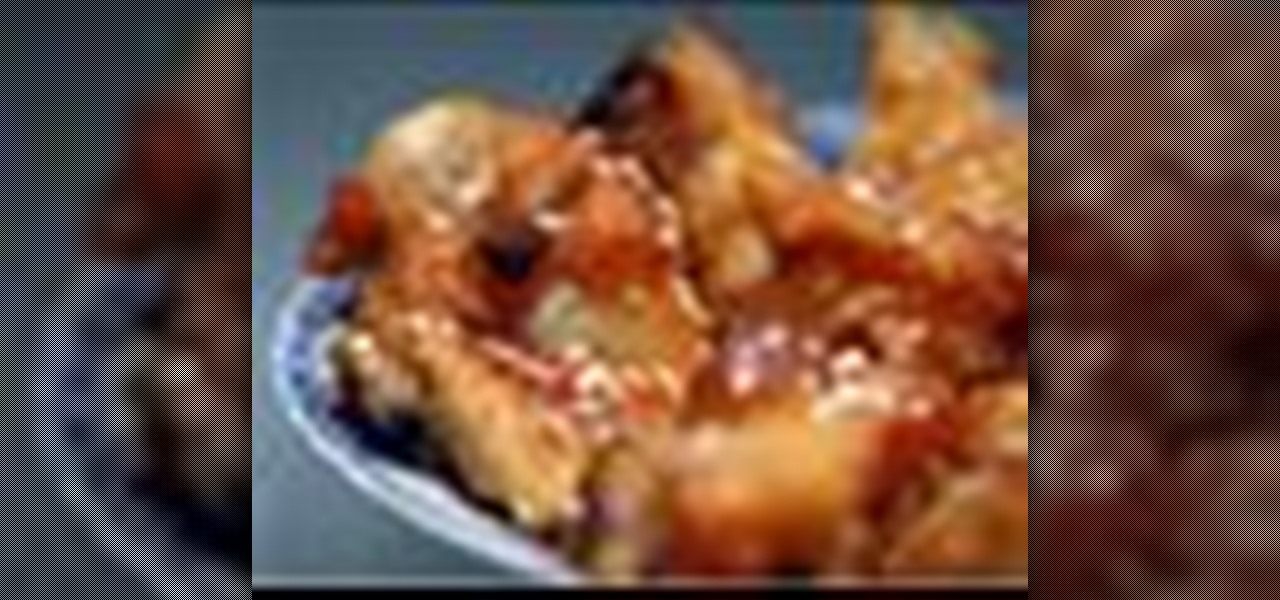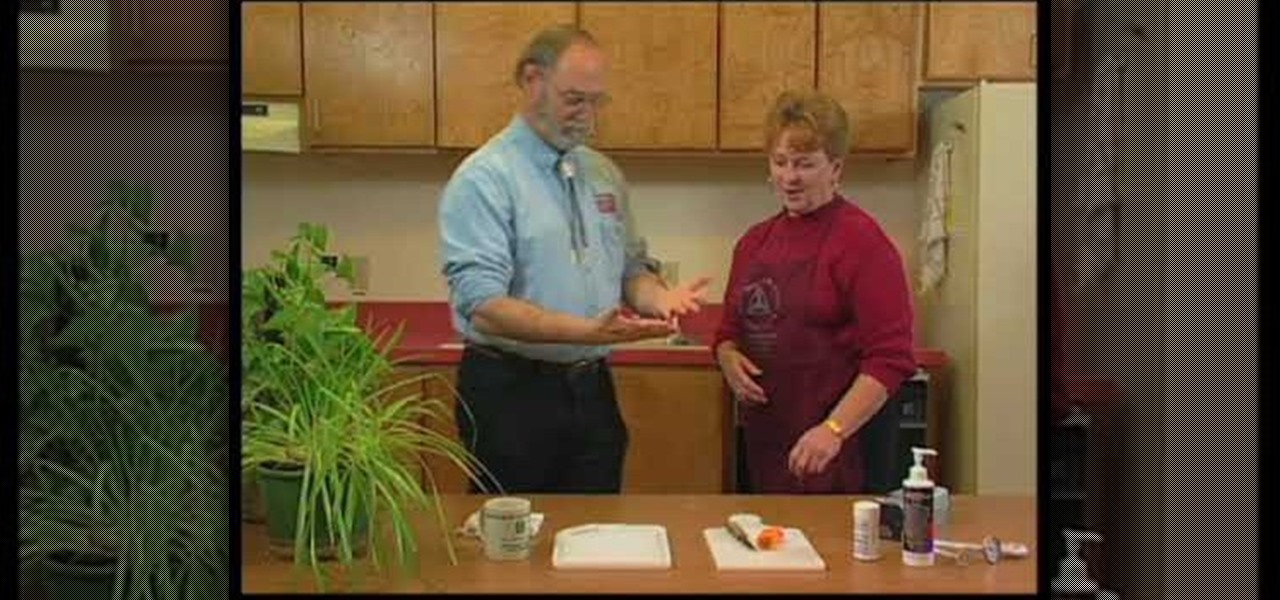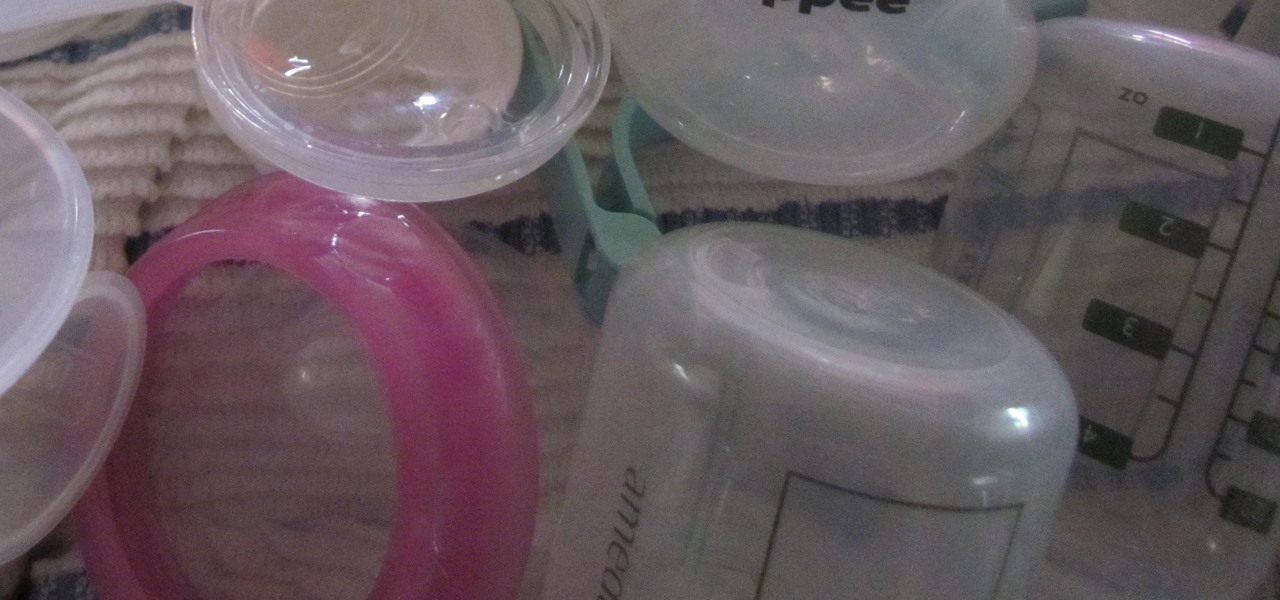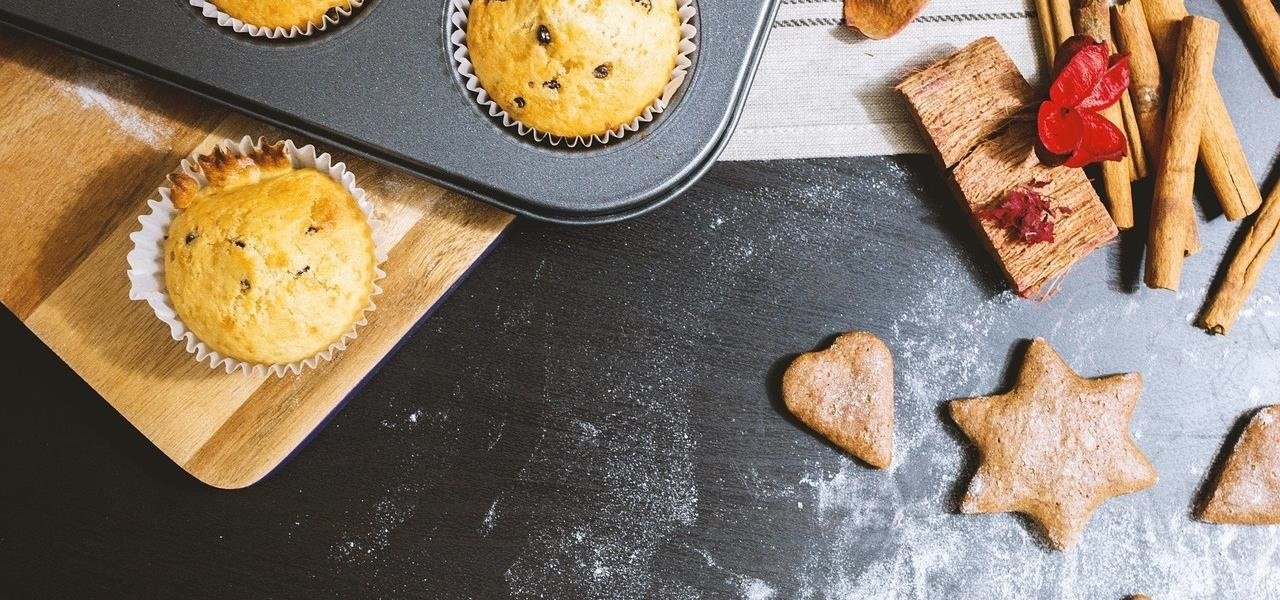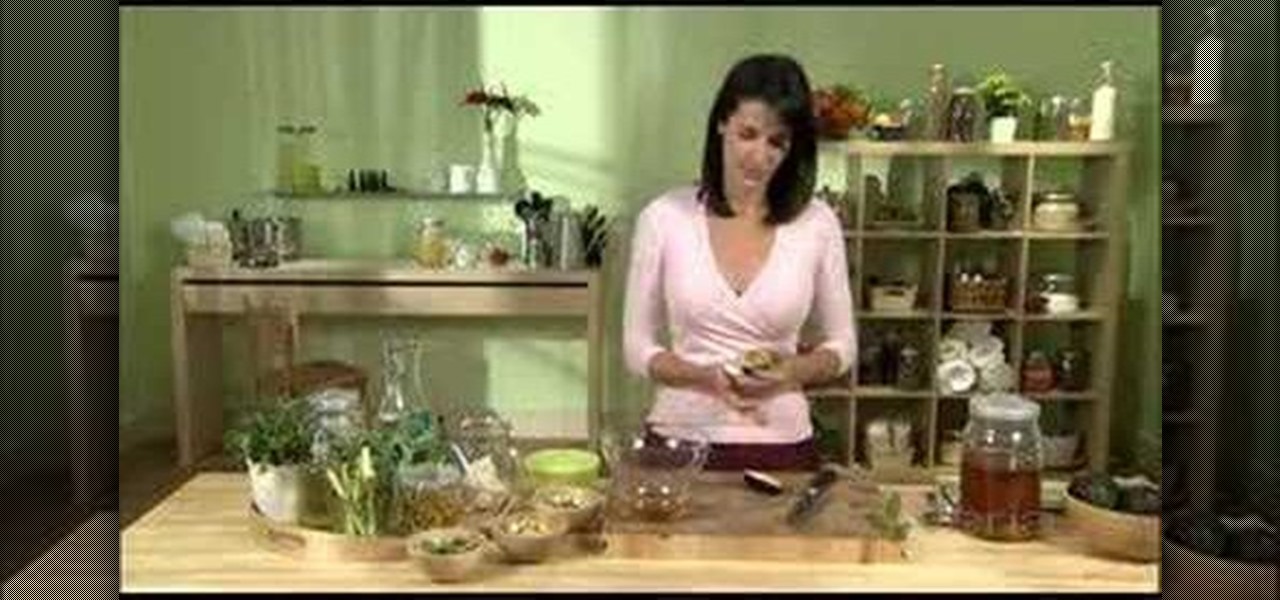
Healthy, shiny hair is just an avocado away. In this tutorial, Roni Proter, host of Simply Beautiful, shows you how to make a conditioning hair mask using ingredients at home. All you need is some honey and a ripe avocado. Watch this how to video and you will have stronger, silkier hair in no time.

This tutorial video will teach you the proper manner in which to prune a Japanese Maple tree. Keeping your Japanese Maple properly pruned is an important part of keeping them healthy.

This how to video shows you how to make a quick healthy snack in the microwave. It's quick and easy and only requires a yam, plastic wrap and a microwave. Yams contain vitamin A, C, B6, potassium and beta carotene.
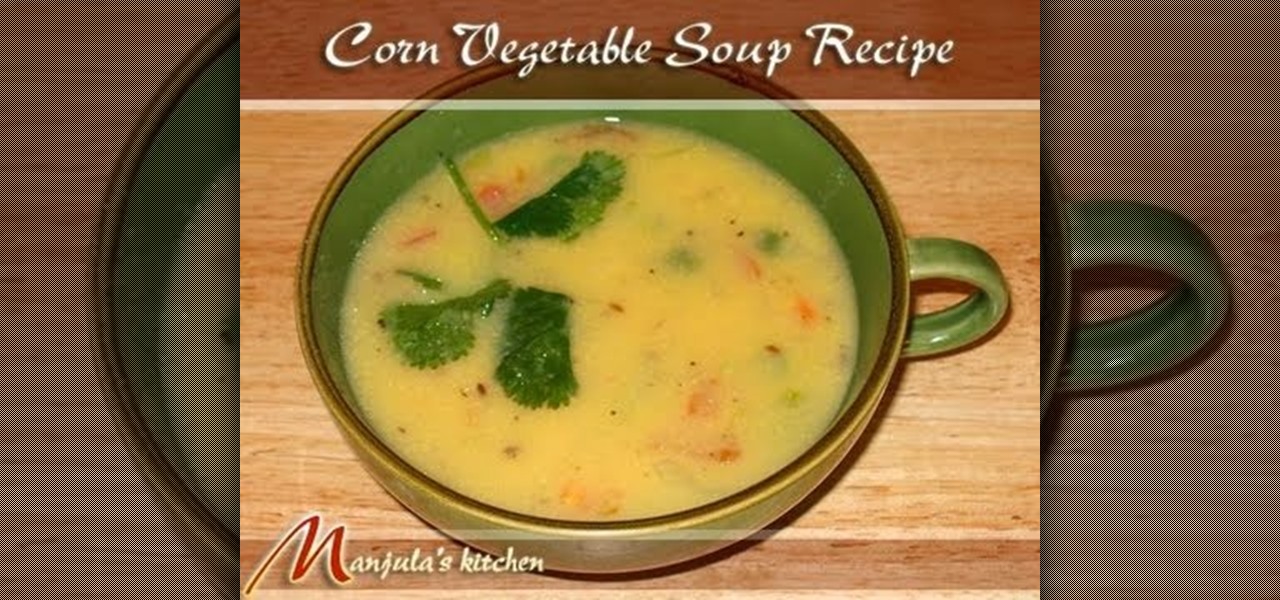
Watch this how to video as Manjula shows you how to cook up a corn veggie soup. This Indian style recipe makes a great healthy and vegetarian dish.
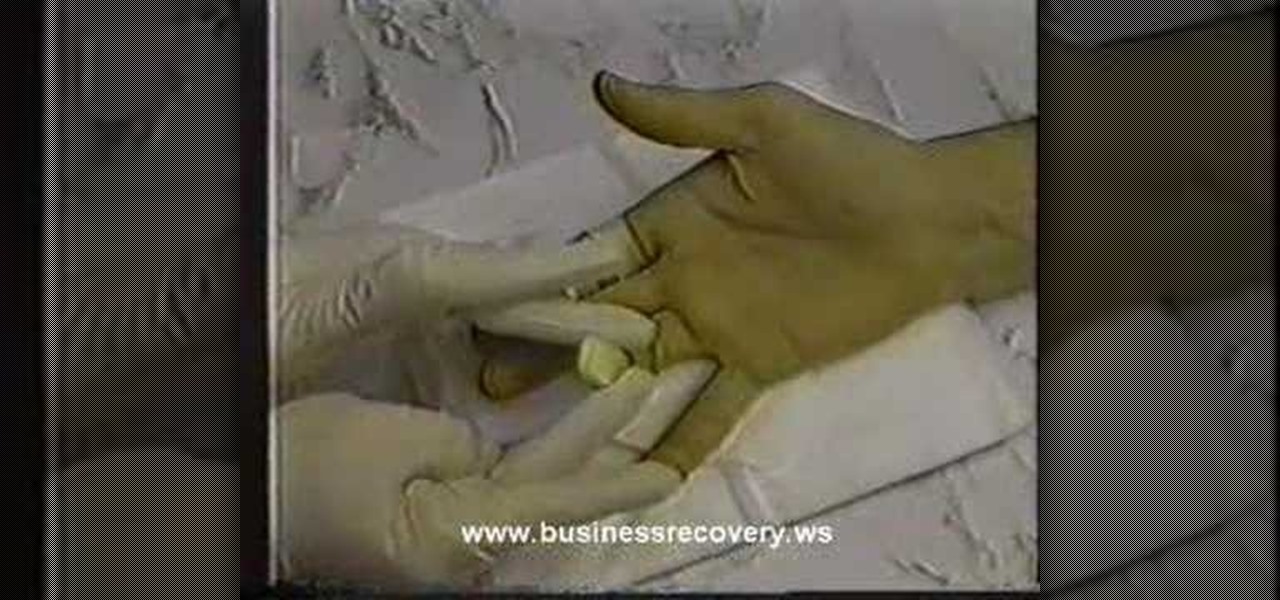
Dressings and bandages are the basic tools of first aid. The type of dressing and bandages as well as the techniques for applying them will vary. But with the help of this first aid how to video, you will be able to choose and apply the right one to an injured victim. These first aid tips for work are sure to keep your employees healthy and happy.

Burns are an injury to the body that can range from a sunburn to severe tissue damage. Burns are classified by the tissue and surface area affected. This first aid how-to video will show you how to treat a person who has been injured at work. Watch to learn great first aid tips that will keep your workers happy and healthy.

Sometimes the difference between a sprain and a fracture can only be identified with an x-ray. However with the help of this first aid how-to video you will learn to properly treat a sprain. Complete a modified primary survey of the work related accident, access the limb that was injured, and apply ice. These first aid tips will help your workers stay healthy.

Reduce the stress and complications of castration on both farmers and cattle. The Callicrate Bander is a non-surgical and non-chemical way to castrate. This instructional video shows the simple steps for how to castrate livestock with Callicrate Bander, and how to keep the animals healthy and free from tetanus.

This video tutorial gives tips on how to care for a Persian cat. Persian cats have some special needs as compared to other cats, so learn how to keep a Persian cat happy and healthy.

In this how to video, Dr. Tea answers viewer emails about tea preparation and ice teas. Find out how not to get bogged down with when making a healthy pot of tea. He covers steeping time, water temperature, re-steeping, and making iced tea.

Want to keep your buds looking their best? Pruning your roses helps create healthy blooms. Find out the proper way to cut stems to promote growth.

Does your recipe call for ghee, or clarified butter? Watch how easy it is to make this healthy alternative to traditional butter.

Not only is dry skin painful and uncomfortable, but it can be hazardous to your health! Watch this how to video and get a few tips on how to avoid and treat dry winter skin.

Luci Lock shows you how to make delicious, guilt free chocolate brownies. This recipe is a great healthy alternative to the classic brownie recipe.

Luci Lock shows you how to make a quick, simple and healthy garlic salad dressing. Use raw and organic extra virgin olive oil for an even healthier recipe.

Luci Lock demonstrates a healthy and delicious twist on a classic drink. This raw Italian cream soda is made from scratch and is perfect for mixed or protein types.

Luci Lock explains how you can easily make your own healthy milkshake. Be sure to use raw and organic products for this recipe.

Watch as Luci Lock shows you how to prepare an organic spinach and mushroom egg bake. Its a healthy dish that is very simple to make.

Want to learn how to make a really healthy chocolate mousse? Then watch this how to video to learn an amazing chocolate avocado mousse recipe. Great for those who are lactose intolerant.

Prepare this delicious and healthy recipe tonight, watch this how to video and make spinach and ricotta cheese stuffed chicken breasts. Enjoy!

You want to eat something healthy, but you feel like having dessert? Well, than this recipe is for you. Watch the video and learn to make coconut rice pudding

This video from Garden Time shoes how to prune your roses so they stay healthy and can produce more flowers.

Healthy and low in calories, baked potatoes are easy to prepare if you have the right techniques. With this quick microwave recipe, you'll have your baked potato ready in no time! Watch the video and let us know what you think. Enjoy!

Just because it's barbeque doesn't mean it has to be unhealthy. In this video Bethenny Frankel shares with you her recipes for a great post-skiing barbeque including: grilled turkey sausage with dijon dipping sauce, grilled goat cheese and sundried tomato pesto, panini's and grilled cilantro pesto chicken quesadillas.

A fresh robust salad made with quinoa, lettuce, green and red cabbage, garlic sprouts, carrots and a thick and flavorful dressing made from vegetable broth and olive oil. Watch and see just how to toss these ingredients together into a great quinoa salad.

Tadka dal is a very healthy side dish that comes from India. Made with tovar dal, tomato, chillies, turmeric powder and jerra this lentil soup is served over rice and garnished with curry ander leaves for a wonderful presentation.

Chris Smith discusses the how to on use fresh herbs through out your recipes for a healthy diet. Herbs can be stored in plastic bags for freshness, and can be used to liven up a diabetics diet.

Aloo palak sabji is a healthy and flavorful dish from India that will satisfy your taste for the exotic. Made with potatoes and spinach and seasoned with coriander, tumeric, and green chilis, this dish is sure to get your taste buds going.

Baking potato pancakes instead of frying them creates a healthy (but still tasty) version of this delicious dish. Ingredients needed are yellow or gold potatoes, parsnip, yellow or white onions, salt, pepper and parsley. These pancakes can be served with applesauce.

Homemade vegetable soup isn't just satisfying, it's healthy, too. Watch how to whip up a batch of this tasty soup from scratch. You will need: olive oil, chopped vegetables, salt, thyme, oregano, water and vegetable bouillon. The beauty of this soup is that it can be adapted to whatever ingredients that you happen to have on hand.

The name may be a bit of a tongue-twister, but we're sure you'll think this healthy dish is a taste-bud twister as well! Patricia Fine, MD gives step-by-step instructions how to make non-dairy penne with fennel pumpkin pasta sauce and gives you some secret tips for keeping the sauce creamy.

A subtly sweet melon, cantaloupe is a refreshing summertime snack. See the different ways to cut a cantaloupe, from chunks to slices. You know your cantaloupe is ripe when it: yields to slight pressure, has yellowish skin, has a fresh aroma at the end where the stem was attached, has a healthy outer rind free of tears or cuts. Be sure to refrigerate the sliced melon in plastic bags or airtight containers within 2 hours of cutting it.

It doesn't matter what type of cuisine you're cooking - more likely than not, you're tossing the ingredients in a pan and smearing oil all over it for extra succulence (as well as to coat the pan). While a healthy dose of oil every day is vital for absorbing vitamins and nutrients, getting too much oil will land you in heart attack town.

This video from Southwest Yard and Garden tells viewers why it is important to wash your hands after gardening, and when and how to do so. It also emphasizes the importance of cleaning cutting boards. You should wash your hands before eating, after using the bathroom, and while you are handling food. While handling food, if you handle any meat, you must wash your hands before touching anything else. You should wash your hands for twenty seconds, with soap and water. To demonstrate the importa...

This video on typhoon preparedness comes from Andersen Air Force Base in Guam, where typhoons are common. The key to surviving a typhoon or other disaster is preparation. Stock up on enough food and supplies to last your family for about a week. Routinely check expiration dates on food, water and batteries and rotate your stock. Be sure window screens are in place and in good condition in the event the power is off for several days.

Foodborne infections often occur through the contamination of equipment, food-prep tools, and unsanitary surfaces. A recent report from the Centers for Disease Control and Prevention (CDC) reminds us that breast pump parts are part of the food-delivery chain — and they can become contaminated too.

Type 1 diabetes is an attack on the body by the immune system — the body produces antibodies that attack insulin-secreting cells in the pancreas. Doctors often diagnose this type of diabetes in childhood and early adulthood. The trigger that causes the body to attack itself has been elusive; but many research studies have suggested viruses could be the root. The latest links that viruses that live in our intestines may yield clues as to which children might develop type 1 diabetes.

If you're a tech enthusiast, there's no way you're not watching HBO's Silicon Valley. So you surely know the Pied Piper crew's latest shenanigans involve an app that uses a phone's camera to find facts about food items — a sort of Shazaam for food, if you may.

Tremendous strides have been made in the treatment and outlook for patients infected with HIV, the human immunodeficiency virus. Treatment with a combination of antiretroviral drugs can keep patients with HIV alive for decades, without symptoms of the infection. The trouble is, if HIV-infected people stop taking their medications, the virus takes over in full force again—because the virus hides out quietly in cells of the immune system, kept in check, but not killed by the treatment.

Even when no one is in your kitchen, it is crowded. The refrigerator, sink, and counters are all covered with microbes that are just hanging around. They are inadvertent remnants from the raw chicken you used in that recipe last night, brewing a bacterial cocktail in your Nespresso machine, or just growing their merry little colonies on your leftovers.













